I’m absolutely thrilled to announce that I will have a new book out in 2020. Provisionally titled ‘Charlotte & Ellen’ it will be published by The History Press, and it will look at the fascinating life of Ellen Nussey, and particularly at her friendship with Charlotte and the rest of the Brontës. Research is going well, and I’m looking forward to travelling to Birstall, Gomersal, Haworth and Hathersage in the next few weeks – I’ve already uncovered some fascinating facts about both Ellen and Charlotte that aren’t in any other book. With this in mind, today is a great day to look at some famous literary friendships, from Johnson to Austen and from Brontë to, er, Brontë.
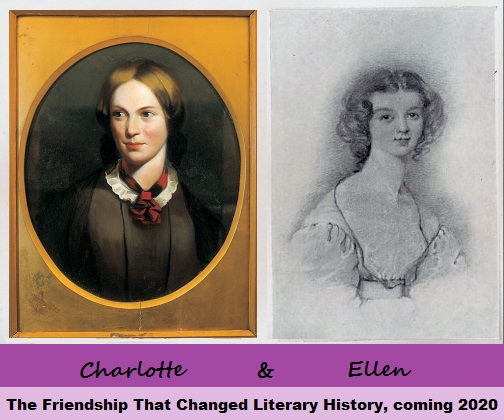
Samuel Johnson and James Boswell
Samuel Johnson is most famous as the Dr. Johnson who wrote his Dictionary of the English Language in 1755. It wasn’t the first dictionary, as is often thought, but it was certainly the most comprehensive at the time. Johnson spent seven years working on it (is it just me that thinks of Baldrick burning the dictionary in Blackadder at this point?), but he wasn’t always such a methodical worker – he wrote his most celebrated novel ‘Raselas’ in just one week to raise money for his mother’s funeral. He also wrote plays, poetry, literary criticism, works of philosophy, religious sermons and travel books before his death aged 75 in 1784.
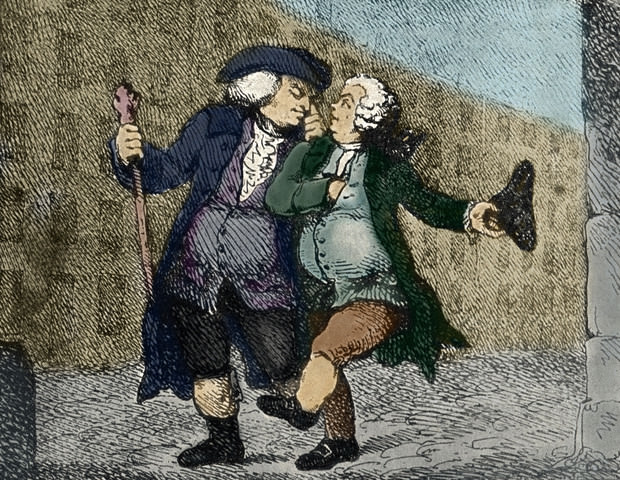
In 1763 he met the 9th Laird of Auchinleck and instantly formed a strong friendship that would be instrumental to his work in the last two decades of his life. Auchinleck is better known as James Boswell, and his journey with Johnson a year later was the subject of the latter’s book ‘A Journey To The Western Islands Of Scotland’. Boswell later wrote about his great friend in ‘The Life Of Samuel Johnson’, which many people have claimed is the greatest biography ever penned.
Jane Austen and Cassandra Austen
Cassandra Austen was Jane Austen’s lifelong companion, as well as her elder sister. Cassandra was a talented artist specialising in water colours, but of course she could be in little doubt as to where the great talent and genius in her family lay. Cassandra and Jane were incredibly close to each other, possibly because they were the only girls among six brothers. It’s thanks to Cassandra that Jane went to school in 1785, as she was so heartbroken at the potential loss of her big sister that their parents had to let both go together. Their mother commented that, ‘if Cassandra’s head had been going to be cut off, Jane would have hers cut off too.’
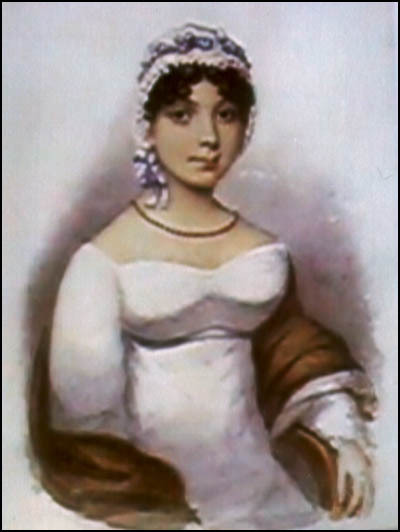
In adult life Jane and Cassandra were equally inseparable, and from 1809 until Jane’s death in 1817 they lived together in a cottage on the beautiful Chawton estate which had been gifted to their brother Edward. Cassandra’s emotional support was always there, and it was this that helped Jane conquer setbacks in her personal and writing life, enabling her to claim a position as one of the world’s most loved creators of fiction.
Anne Brontë and Emily Brontë
Anne and Emily were the two youngest of the six Brontë siblings, and just like Jane and Cassandra Austen these two sisters would also become the closest of friends. Ellen Nussey, who we will come to in a moment, described their closeness more than once, and in one particularly lovely description (typical of Ellen’s fluid and romantic writing style) she said: ‘She [Emily Brontë] and gentle Anne were often seen twined together as united statues of power and humility – they were to be seen with their arms lacing each other in their younger days whenever their occupation permitted their union.’
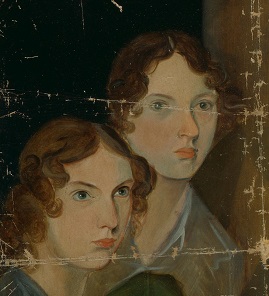
Anne and Emily fuelled each other’s creativity from their earliest days, creating their own fictional land of Gondal and later, fittingly, having their books ‘Wuthering Heights’ and ‘Agnes Grey’ published together.
Charlotte Brontë and Ellen Nussey
As you now know, I’ll be saying much more about these two next year – but it’s safe to say that Ellen Nussey played a huge role in Charlotte’s life, and the stability that Ellen’s friendship brought to her life helped give Charlotte the courage and indefatigability she has become renowned for – the courage to create works of incredible genius. Charlotte herself summed up perfectly what Ellen Nussey meant to her in a letter to W.S. Williams on 3rd January 1850. I will leave you with her words, and raise a toast to Samuel and James, Jane and Cassandra, Emily and Anne, Charlotte and Ellen, and to friends the world over:
‘Friendship however is a plant which cannot be forced – true friendship is no gourd springing in a night and withering in a day. When I first saw Ellen I did not care for her – we were schoolfellows – in the course of time we learnt each others faults and good points. We were contrasts, still we suited – affection was first a germ, then a sapling, then a strong tree: now, no new friend, however lofty or profound in intellect, not even Miss Martineau herself, could be to me what Ellen is, yet she is no more than a conscientious, observant, calm, well-bred Yorkshire girl. She is without romance – if she attempts to read poetry or poetic prose aloud I am irritated and deprive her of the book; if she talks of it I stop my ears. But she is good – she is true – she is faithful and I love her.’
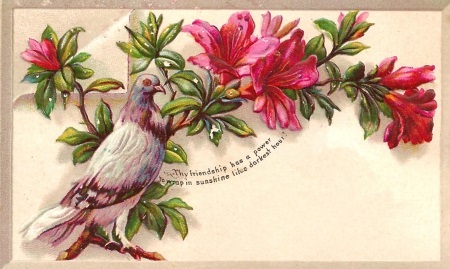
As a lifelong ‘fan’ of the Brontes, thank you for all the information about them. I look forward to the book about Charlotte and her friend Ellen. A guid New Year to you and yours. Donald